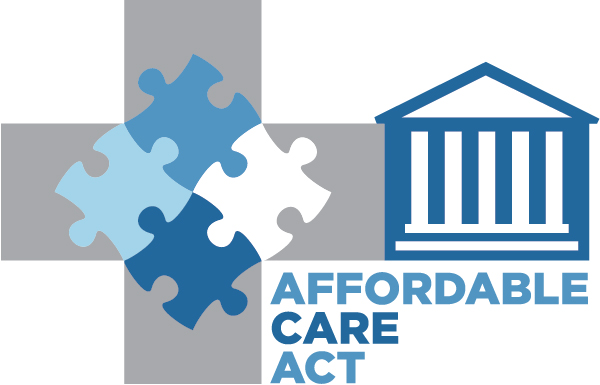What Does the Affordable Care Act Have To Do with Tax Reform? The Individual Mandate Goes Away in 2019
The Tax Cuts and Jobs Act (summary of changes) is the largest piece of tax reform legislation in 30 years and was signed into law on December 22, 2017. Although most of the legislation applies to Tax Year 2018, clients are already starting to ask ...
May. 09, 2018

The Tax Cuts and Jobs Act (summary of changes) is the largest piece of tax reform legislation in 30 years and was signed into law on December 22, 2017. Although most of the legislation applies to Tax Year 2018, clients are already starting to ask their tax practitioner questions about the impact to their tax situation. Tax professionals are viewing this sweeping tax reform as both a challenge and opportunity for their tax practice. The following article focuses on aspects of the Affordable Care Act included in the Tax Cuts and Jobs Act.
Affordable Care Act Mandate Eliminated in 2019
In 2009, the tax law and health care fields began to intersect quite a bit under the Affordable Care Act (ACA) and tax professionals needed to get up to speed quickly on the related tax changes. Now we’re seeing a very large component of ACA going away. Beginning in 2019(not 2018) individuals won’t have to pay a federal penalty for not being covered by insurance or by an exemption. Please note that some states already enforce a penalty for not having insurance and this does not change.
Under existing law, individual taxpayers who do not have minimum essential health coverage or qualify for an exemption are required to pay a penalty (shared responsibility payment) on their tax return. For tax years 2016, 2017 and 2018, the penalty is the greater of $695 per individual ($2,085 maximum) or 2.5% of household income minus the filing threshold.
Under the tax reform law and beginning in 2019 the individual shared responsibility payment is reduced to zero going forward permanently. Taxpayers will continue to receive Forms 1095-A, 1095-B and 1095-C with information about their coverage and they should keep these forms with their records. Taxpayers who purchase insurance coverage through the Marketplace will continue to receive a Form 1095-A and information included on the form is necessary to properly calculate the Premium Tax Credit on their tax return.
Itemized Deduction for Medical Expenses More Beneficial
The Tax Cuts and Jobs Act has reinstated the lower 7.5% (down from 10%) of adjusted gross income threshold for regular tax and alternative minimum tax purposes to tax years 2017 and 2018. This can translate into a higher deduction for taxpayers. Beginning in 2019, medical expenses will be subject to the elevated 10% floor for both regular tax and AMT.
Elements of the Affordable Care Act Not Changing
- Premium tax credit: Taxpayers falling within 100%-400% of the federal poverty level may be eligible for the credit.
- Employer mandate: Employers with over 50 employees are required to provide employees with healthcare coverage or face the employer shared responsibility payment.
- Surtaxes on high-income taxpayers
o 3.8% Net Investment Income Tax
o 0.9% Additional Medicare Tax
What the Change Means for Taxpayers
Although the government is repealing the individual mandate, it won’t affect most people. This is because the majority of individuals receive healthcare coverage through their employer or through a public health program like Medicare, Medicaid or military health services. Also, the Affordable Care Act’s insurance Marketplace will continue to be in place after the mandate goes away and folks will be able to purchase government-subsidized plans if they qualify.
With the mandate going away, healthy and wealth people may choose to forgo health coverage. Poorer and medically needy people may not sign up for insurance because the system can be complicated and they may no longer feel the same sense of urgency to enroll without the mandate in place. Finally, any tax savings associated and realized with the tax reform law may be applied towards the purchase of health insurance for the taxpayer and family.
————–
Mike D’Avolio, CPA, JD, is a tax law expert and program manager with Intuit’s ProConnect Group. This is the final article in his series about tax law solutions related to students and college. Visit the Intuit ProConnect Tax Pro Center to view all of his articles on this topic and other articles on financial literacy.
